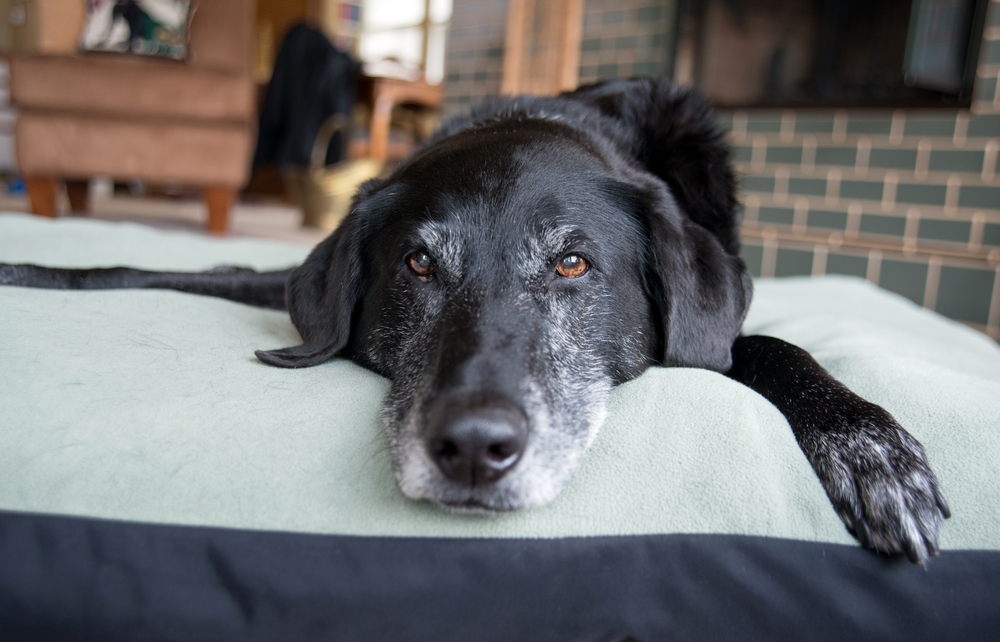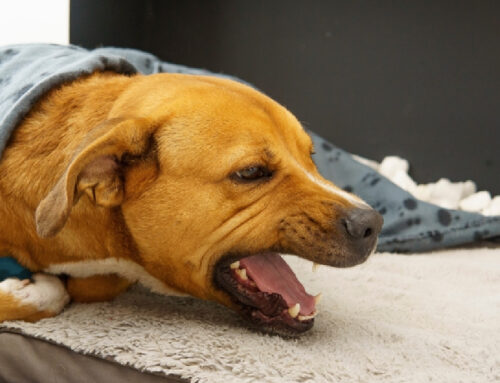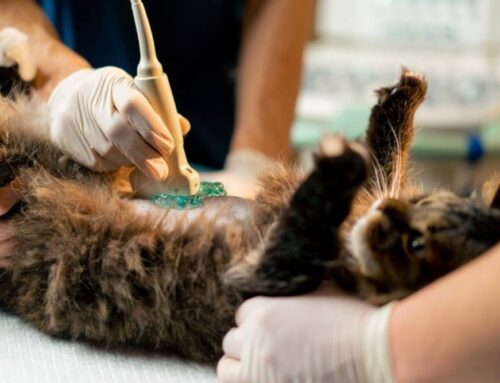Arthritis is common in dogs and cats, and can significantly impact your pet’s life. Unfortunately, the disease often goes undiagnosed and untreated, because owners don’t realize their pet is affected. Our team at Village Animal Hospital wants to help by providing information about this debilitating condition.
Arthritis causes in pets
Osteoarthritis occurs when the normal cartilage that cushions your pet’s joint degenerates and wears away, resulting in inflammation, pain, and ongoing damage to the joint and surrounding structures. Factors that predispose pets to arthritis include:
- Excess weight — Overweight and obese pets carry excess weight that puts added strain on their joints. In addition, fat produces inflammatory mediators, which exacerbates conditions such as arthritis.
- Developmental issues — Some pets are affected by developmental abnormalities that cause the joint to develop improperly. These include hip dysplasia, elbow dysplasia, and luxating patella.
- Breed — Large-breed dogs, such as German shepherds, rottweilers, Doberman pinschers, and Great Danes, are predisposed to arthritis. In addition, dogs who are prone to developmental issues are at increased risk. Cat breeds at increased risk include Maine Coons, Persians, Siamese, and Scottish folds.
- Trauma — Pets who experience trauma, such as fractures, dislocations, or other joint injuries, are at higher risk for arthritis.
Arthritis signs in pets
Many pets, especially cats, tend to conceal evidence they are in pain, making recognizing arthritis difficult for pet owners. Signs your pet may be affected by arthritis include:
- Reduced mobility — Your pet may be reluctant, or refuse, to jump up or down. They may have difficulty navigating stairs, posturing to urinate or defecate, using their litter box, or going through the pet door. They may also exhibit stiffness after sleeping or resting. Occasionally, an obvious limp may be present.
- Reduced activity — You may notice that your pet spends more time resting or sleeping, or sleeps in different areas that are easier to access. They also may be less willing to explore their environment, and be less playful around people and other pets.
- Altered grooming — Your pet may spend less time grooming, and may develop a matted or scruffy coat. Some pets overgroom over painful joints, resulting in hair loss. Cats may develop overgrown claws because they are less active and aren’t sharpening their claws.
- Temperament changes — Your pet may spend more time alone, and show irritation or pain when handled or stroked. They also may become more irritable around other pets.
- Muscle wasting — Your pet may lose muscling over the affected joint.
Diagnosing arthritis in pets
Arthritis is typically diagnosed based on history, physical examination, and multiple imaging modalities.
- History — As the pet owner, you are in the best position to observe arthritis signs in your pet. If you notice any change in activity level or behavior, you should have them evaluated by our veterinary professionals. In addition, ensure your pet receives regular wellness exams to help catch issues, such as arthritis, in the early stages when management is easier.
- Physical exam — When performing a physical exam, our veterinary professionals will assess your pet’s gait, and palpate their limbs and joints, assessing for pain, joint capsule thickening, joint fluid accumulation, and muscle atrophy.
- X-rays — X-rays are the imaging modality used most commonly, but they reveal only bone structural changes, and cannot help determine soft tissue damage.
- Other imaging modalities — Magnetic resonance imaging (MRI) and computed tomography (CT) may also be useful in diagnosing arthritis. MRI can provide information regarding soft tissue structures surrounding a joint, and CT can evaluate bony changes in complex joints.
Managing arthritis in pets

Each pet is different, and a management plan will be tailored to your pet’s individual needs. Management strategies include:
- Weight control — Losing weight can significantly improve an overweight pet’s arthritis discomfort. Our team will devise a weight loss program that is right for your pet.
- Pain control — Pain management approaches, including nonsteroidal anti-inflammatory drugs (NSAIDs) and laser therapy, will be used, to ensure your pet is as comfortable as possible.
- Physical therapy — Rehabilitation, such as range of motion exercises, therapeutic exercises, and aqua therapy, can help improve joint mobility, increase muscle mass, and improve exercise endurance.
- Joint supplements — Supplements, such as chondroitin sulfate, glucosamine sulfate, and omega-3 fatty acids, may be recommended, to alleviate your pet’s joint pain.
- Environmental modification — Changing your pet’s environment can help improve their quality of life.
- Bedding — Ensure your pet has a soft, comfortable resting area, in an easily accessible location.
- Ramps — Provide ramps or steps to help your pet access their favorite resting spots.
- Food bowls — Place food and water bowls in easily accessible areas, and raise the bowls so your pet can reach them easily.
- Bathroom needs — You may need to assist your dog to relieve themselves. Provide a litter box with at least one low side for your arthritic cat.
- Surgical intervention — If medical management is not sufficient, surgical intervention may be needed. Procedures to better stabilize the joint, remove damaged tissue, or replace the joint may be recommended.
While arthritis is a debilitating condition, you can take steps to mitigate its progression and alleviate your pet’s discomfort. If you believe your pet may be suffering from arthritis, contact our American Animal Hospital Association (AAHA)-accredited Village Animal Hospital team, so we can determine how best to alleviate their pain.








Leave A Comment